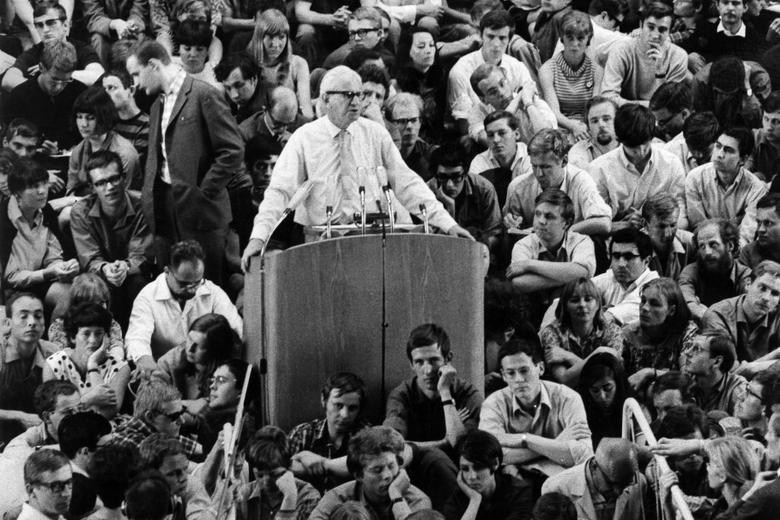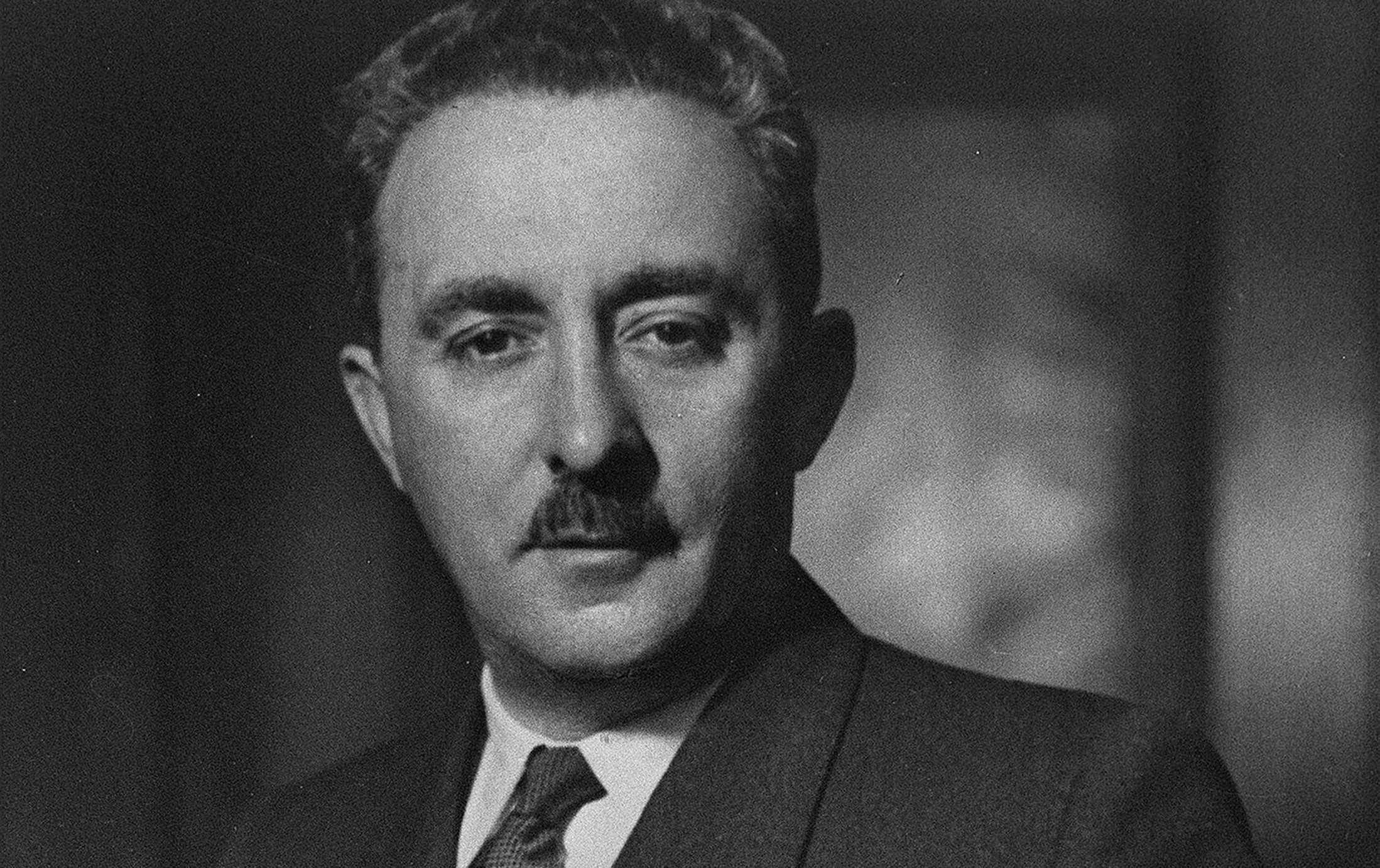This is a poetic / mythic work.
The story: A Persian sculptor, Farhat, falls in love with the daughter of an Arian King (named Anoush). To win her, she sets him a seemingly impossible task: build a grand palace carved entirely out of a bare rock crag, with rooms, storehouses, gardens, fountains, and trees.
Farhat works for many years, chiseling apartments, halls, bas-relief sculptures, diverting streams underground for fountains, building terraces and planting gardens on the rock’s surface.
After the work is done, Anoush doesn’t appear. The sculptor learns that she has wed the King—i.e. she deceived him. Heartbroken, he kills himself (falls from a ledge, struck by his own hammer). The fortress is thereafter known as The Castle of Anoush.
The myth adds that this castle later became a prison of sorts — kings of Persia imprisoned Armenian kings there.
So in this telling, “Castle of Anoush” is literary / symbolic — a story about love, betrayal, art, and suffering.
2. “Berd Anush / Castle of Oblivion / Fortress of Oblivion” (Sasanian-era, historical / semi-historical)
This is a fortress / political prison called Berd Anush (Armenian “Castle/ Fortress Anush”), also known in English as the Castle of Oblivion or Prison of Oblivion.
Location: in Khuzestan, in southwestern Iran.
It was under the Sasanian Empire (224-651 BC), the last pre-Islamic Persian empire.
The name “Anush / Anyush” is Armenian, but scholars believe it might come from a Middle Persian term anōš bard (“immortal fortress” / “everlasting fortress”) rather than meaning “oblivion.” The Armenian term got interpreted later as meaning “forgotten / oblivion,” giving rise to the name “Castle / Fortress of Oblivion.”
Notable prisoners:
• Arshak II, king of Armenia, was imprisoned there after being captured by Shapur II.

• Khosrov IV (or III), another Armenian king, was deposed and imprisoned there.
• Kavad I, a Sasanian king, was briefly imprisoned after being deposed.

The Castle of Anoush is probably the legendary one from the Armenian poem (Raffi’s) — since that’s more commonly called The Castle of Anoush. But historically, it is the Sasanian “Berd Anush / Castle of Oblivion”.
Raffi Cavoukian CM OBC (Armenian: Րաֆֆի, born July 8, 1948), known professionally by the mononym Raffi, is an Armenian-Canadian singer-lyricist and author born in Egypt best known for his children's music. In 1992, The Washington Post called him "the most popular children's singer in the English-speaking world".



:format(jpeg):mode_rgb():quality(90)/discogs-images/R-7282482-1437942903-4863.jpeg.jpg)


